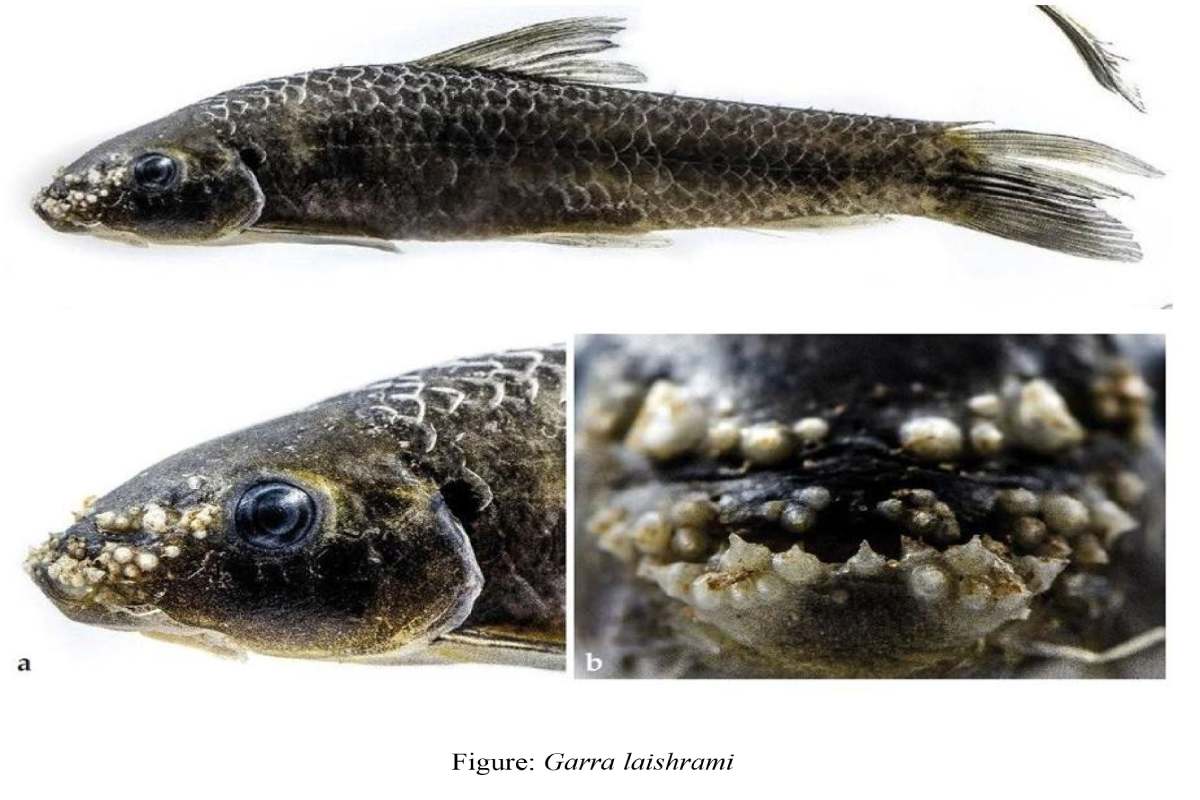ZSI envisages restoration of coral reefs
ZSI is not only monitoring these but has successfully trans-located corals from the Gulf of Mannar and has been able to relocate them to the Gulf of Kutch.
Koraput is a rich reservoir of biodiversity with many species of organisms still unknown to the scientific world.

[File Photo]
The researchers of the Central University of Odisha (CUO), Koraput, and the Zoological Survey of India (ZSI) have recently found a rare freshwater edible fish from the Kolab river at Ghatguda, Koraput.
The research work titled “Diversity, distribution of fishes and threats in the freshwater bodies of Koraput in Eastern Ghats of Odisha’ found new cyprinid fish species from Kolab River, which is one of the important tributaries of Godavari River.
Advertisement
While carefully examining some fishes of genus Garra, researchers of CUO along with B Roy Choudhury of Zoological Survey of India (ZSI), Kolkata identified the new species. This cyprinid fish species was named Garra laishrami, said Supriya Surachita, one of the researchers.
Advertisement
The new species is named after Dr Laishram Kosygin of the Zoological Survey of India to honour his remarkable contributions to understanding the taxonomy of Indian freshwater fishes. The findings of the study have been published recently in the internationally reputed taxonomy journal “Ichthyological Exploration of Freshwaters” published from Germany, she added.
Fishes of the genus Garra are elongate, small to medium-sized and bottom-dwelling fishes and are characterized by the presence of a gular disc developed from tissues of the gular region and that exhibit variation in the size, shape, and arrangement of the snout tubercles. These groups of fishes are distributed from Borneo, southern China and southern Asia through Middle East Asia, Arabian Peninsula and East Africa to West Africa.
However, the new species Garra laishrami is known to date only from the type locality Kolab River in the Eastern Ghats of Odisha, Godavari River drainage. The new species is a member of the proboscis species group and distinguished from other members of this group distributed in the Indian subcontinent by the development of proboscis, degree of tuberculation on the proboscis and transverse lobe on snout and nostrils, position of transverse groove and morphometric data of the body.
The maximum length of the fish is from 76 mm to 95.5 mm. The species is edible and local people consume it. The fishes are usually found under rocks and among stones and boulders of torrential streams and rivers. This finding confirms the biodiversity richness of Koraput region and equally the biodiversity richness of the river Kolab (Saberi near Gupteswar), said SK Palita, head of the research team.
Koraput is a rich reservoir of biodiversity with many species of organisms still unknown to the scientific world. There should be a thorough investigation into this rich biodiversity and efforts for its conservation are the need of the time, Palita concluded.
Advertisement